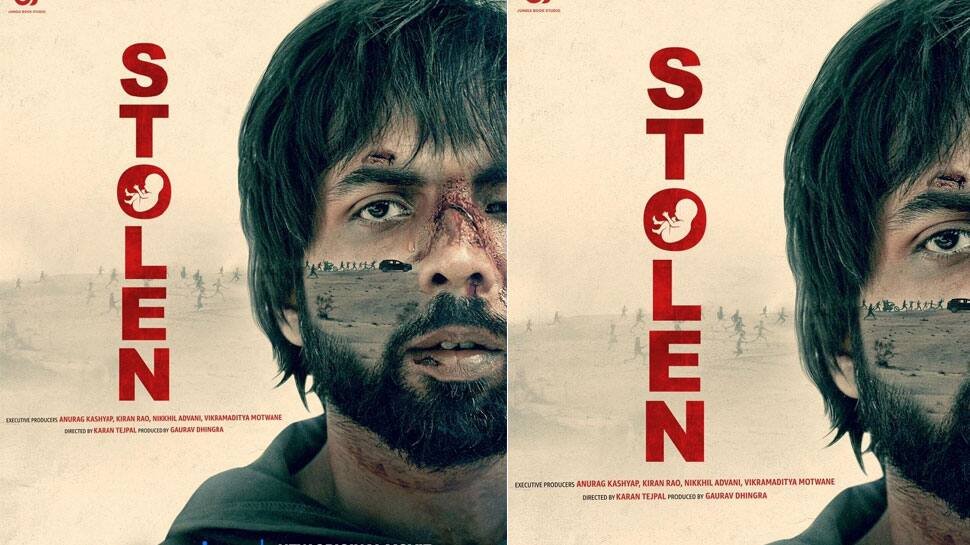As the monsoon season sweeps in with cloudy skies, cool breezes, and the refreshing scent of rain-soaked earth, many people happily tuck away their sunscreen, assuming it’s no longer needed.
After all, if the sun isn’t blazing overhead, why worry about sun damage? Unfortunately, this is one of the biggest skincare myths of all time. Nitin Jain, Founder, La Pink shares why you still need sunscreen this monsoon.
The Invisible Threat: UV Rays Don’t Take a Break
Clouds may cover the sun, but they don’t block out ultraviolet (UV) radiation. Up to 80% of UV rays can penetrate through cloud cover, and these are the very rays responsible for premature skin aging, pigmentation, and even skin cancer. During the monsoon, while the skies may appear overcast, the risk of UV damage persists—and often goes unnoticed.
UVA vs. UVB: Understanding the Culprits
There are two main types of harmful UV rays:
• UVA rays penetrate deep into the skin and are largely responsible for aging and long-term skin damage. These rays are present year-round, rain or shine.
• UVB rays cause sunburn and tend to vary in intensity with the seasons and time of day.
While UVB might be slightly reduced on a cloudy day, UVA rays are consistent and relentless. That’s why dermatologists insist on broad-spectrum sunscreen every day, including during the rainy season.
Reflections and Rain: A Double Whammy
Water is reflective. Rain-soaked roads, puddles, and wet surfaces can bounce UV rays back onto your skin, increasing your exposure without you realizing it. If you’re traveling, walking, or spending time outdoors—even with an umbrella—your skin is still vulnerable.
Common Excuses vs. Skincare Reality
“It’s not sunny today.”
Reality: UV rays are still active and can cause damage.
“I’m mostly indoors.”
Reality: UVA rays can penetrate glass windows—yes, even at home or in the car.
“I don’t want to feel sticky in this humidity.”
Reality: Lightweight, gel-based sunscreens are specially designed for humid weather. They absorb quickly and don’t leave a greasy residue.
Choosing the Right Sunscreen for the Monsoon
Look for:
• SPF 30 or higher with broad-spectrum protection (UVA + UVB)
• Water-resistant formulas, especially if you’re commuting or sweating
• Non-comedogenic products if you’re prone to breakouts in humid weather
• Lightweight or gel-based sunscreens to avoid that heavy, oily feeling
Make It a Daily Habit
Sunscreen isn’t a seasonal product—it’s a year-round necessity. Whether it’s sunny, rainy, or somewhere in between, applying sunscreen daily is the easiest and most effective way to protect your skin from long-term
damage.




